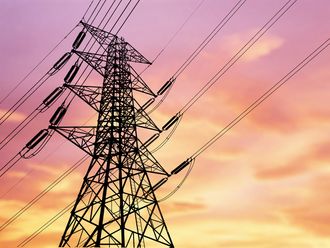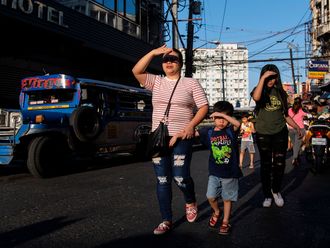
Manila: The establishment of numerous free trade zones has positioned the Philippines to assume a more dynamic role within the East Asian region than in previous decades.
The Philippines, a member of both ASEAN and the Regional Comprehensive Economic Partnership (RCEP), a free trade deal among the Asia-Pacific nations, has consistently attracted investment from China, a trend fueled in part by its favourable geography.
With Hong Kong just an hour's flight away from Manila (Davao City in the south is farther away), the country has evolved into a kind of hub, particularly drawing the interest of more Chinese investors.
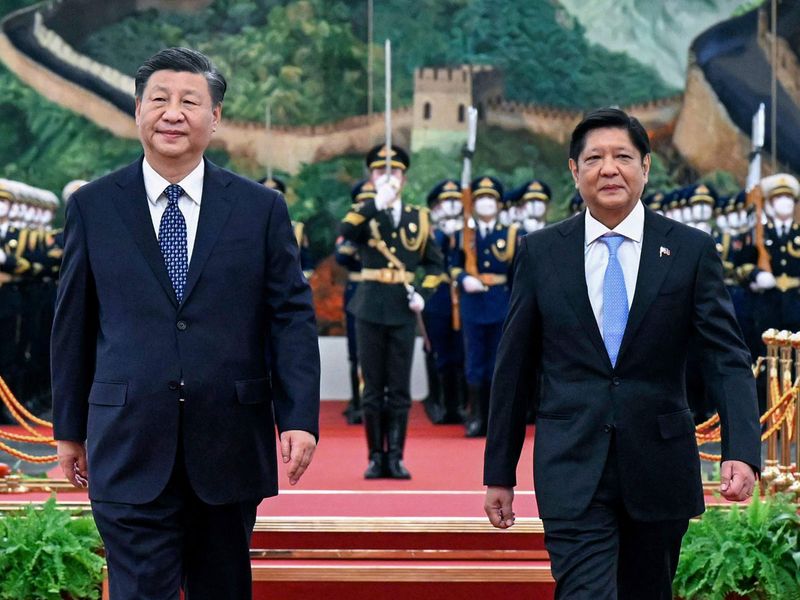
Infrastructure
The confluence of geography and the rollout of extensive connectivity infrastructure, with even more ambitious projects in the pipeline, have unleashed fresh opportunities.
With greater openness, given recent economic policy tweaks — for example, with amendments to the 85-year-old Public Services Act or PSA, freeing up previously closed sectors of the economy to 100 per cent foreign investment — the Philippines is set to command greater FDI attention and carve out a formidable presence in the regional economic landscape.
China, for its part, has been investing billions in its Asian neighbour in pursuit of its Belt & Road Initiative (BRI), an ambitious plan to develop new trade routes connecting China with the rest of the world. The Council of Foreign Relations, predicts China's BRI expenses to reach as much as $8 trillion, though estimates vary.
The Bangko Sentral ng Pilipinas (BSP), the country’s central monetary authority, on Wednesday (January 10), that foreign investors injected a whopping $6.5 billion in net direct investments into the country between January and October 2023.
The BSP, however, noted a 17.9 per cent drop in FDI inflows for the first 10 months, down from a robust $7.9 billion in the same period of 2022.
Opportunities
The investment potential becomes apparent as infrastructure build-out progresses. Identifying the sectors where Foreign Direct Investments (FDIs) are directed unveils new opportunities. Astute Chinese investors have achieved substantial success, realizing significant rewards from their initial investments during subsequent Initial Public Offerings (IPOs).
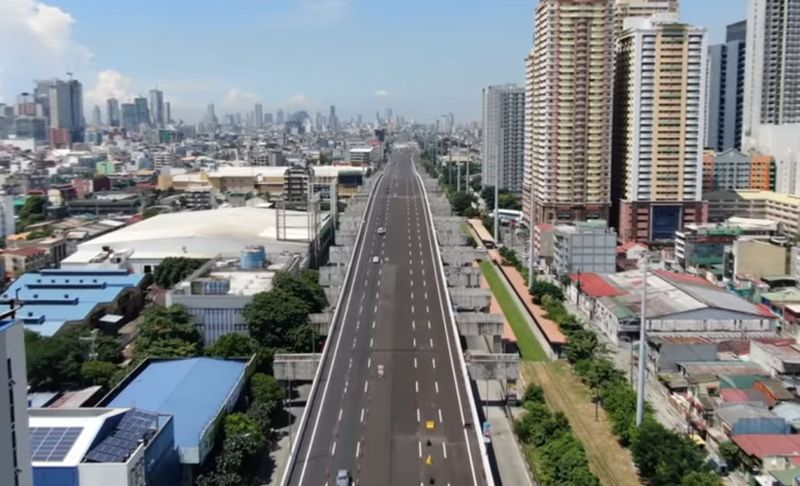
In tracking key Philippine projects bankrolled by entities from China, there are areas where returns on investment exist for foreign investors in general looking to ride the wave of opportunities created by the on-going “Build Better More” push under President Ferdinand Marcos Jr.
Investment, competition
Investments drive opportunities, as well as competition. In the Philippines, light manufacturing, oil and gas, infrastructure and the nationwide digitisation programme are seeing major Chinese investments.
It has intensified competition: the Philippines’ internet speed has jumped significantly–speed testing site Ookla reported that average fixed broadband speeds are now at 50.26Mbps (14x faster than 7 years ago), ranking the Philippines at No. 63 worldwide, thanks in part of massive rollout of fibre-to-the-home technology and greater competition among telcos.
Top trading partner
China is the largest trading partner of the Philippines. It is the largest source of imports, largest export destination and the third-largest source of foreign investment under agreements, which has effectively promoted economic ties going back centuries and prosperity of the two nations.
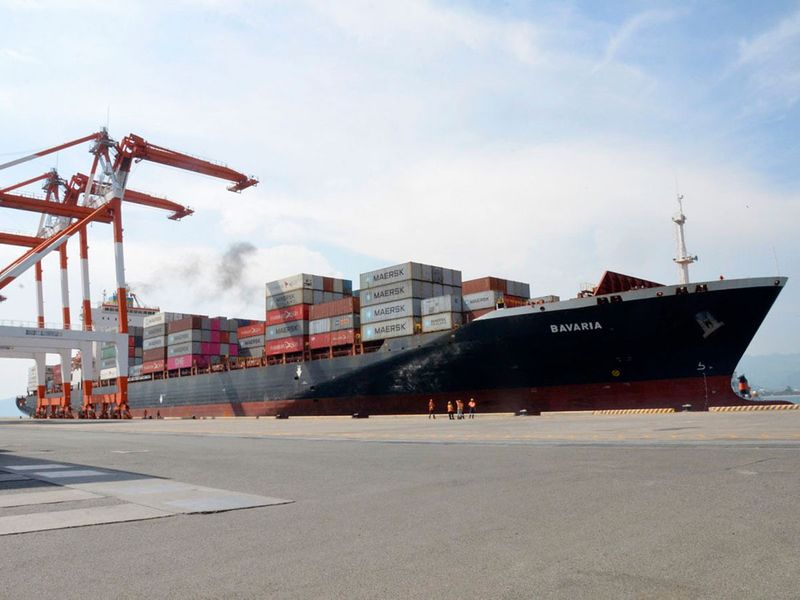
And despite the much-publicised tensions in the Spratlys, bilateral investment cooperation is booming. The Philippines and China bilateral trade reached close to $87.7 billion in 2022, a 7.1 per cent jump from $82.05 billion in 2021 (having grown by an average of 17 per cent from 2017 to 2021).
From 2016 to 2022, Chinese and Hong Kong-based firms invested a substantial $1.7 billion in the Philippines, according to Philippine central bank (BSP) data. This positioned China just below Japan, which led with $2.8 billion, but surpassed investments from the USA ($1.3 billion), South Korea ($1.1 billion), and Taiwan ($580 million).
• Inflows are concentrated in the transportation and storage, electricity, real estate, manufacturing, and construction.
• While Japan kept its lead in cumulative amounts, as per the Philippine SEC company registration database, Chinese investors took the lead in terms of volume.
• Between 2016 and 2018, an impressive 3,634 firms with Chinese investors (mostly in online gaming) were established, significantly outnumbering new firms with Japanese (1,091) and US investors (1,317).
• Chinese investors have also realised robust returns in the real estate sector, particularly in the Metro Manila area.
• Foreigners can legally own a residence (condominium units) in the Philippines (Condominium Act, RA 4726).
Infrastructure
In 2016, Chinese President Xi promised then Philippine President Rodrigo Duterte and the Philippines $24 billion in investment, credit and loans. Many of these projects, though delayed for numerous reasons–including the pandemic–have recently regained momentum.
The Chinese grant-funded Estrella-Pantaleon Bridge, completed in July 2021, initially planned to be completedby 2020, but was delayed due to the pandemic.

In April 2022, the China-funded Binondo-Intramuros Bridge, was completed as part of $96 million grant unveiled during former President Rodrigo Duterte’s visit to China in 2017.
The construction of the Davao River Bridge, also known as the Bucana Bridge, was expected to kick off in December 2023 (after a two-year delay). The $56-million, 1,340-metre-long four-lane bridge, set for completion by 2025 is also funded by a China grant, and will serve up to 25,000 vehicles per day between Davao City and Samal crossing over Pakiputan Strait.
Davao Coastal Road
The $610-million Davao City Coastal Bypass Road Project spans 17.33 kilometers and is divided into four segments: Tulip Drive to Bago Aplya, Tulip Drive to Roxas Avenue, and Roxas Avenue to Sta. Ana, and Sta. Ana to Jerome, Agdao.
As for the Sta. Ana-Agdao segment, the construction works for the approaches along R. Castillo are still in progress. All phases are slated for completion by 2025.”
Mindanao Railway: Stalled
Not every bilateral project is running smoothly. The $1.48-billion (Php82.51 billion) Phase 1 of the Mindanao Railway (spanning 102 km), also known as the Tagum–Davao–Digos (TDD), has been canned. It was originally planned to connect the cities of Tagum and Digos, passing through Davao City. This key infrastructure project was originally slated to be funded by official development assistance (ODA) from China.
In October, Philippine side backed out from loan negotiations with Chinese counterparts. There are talks about alternative negotiations with Japanese and US entities to fund or undertake the massive project.
If it pushes through, Phase 1 will cut travel time between Tagum to Digos will be reduced to about an hour, from the current 3-1/2 hours. With eight stations planned (Tagum, Carmen, Panabo, Mudiang, Davao, Toril, Santa Cruz and Digos), it forms part of the ambitious 1,550-kilometer Mindanao Railway Project.
Right-of-way acquisitions for this huge undertaking in Mindanao, an area more than twice the size of The Netherlands, could pose a serious challenge. But if realised, it presents a huge economic opportunity for the country's southern agro-economic powerhouse.
Makati Subway
Philippine-registered company Infradev Holdings Inc. granted a $1.21-billion EPC (Engineering, Procurement, and Construction) contract to China Construction Second Engineering Bureau Co. Ltd. (CCSEB) in 2020, for the initial 8-km phase of the Makati subway project.
This contract covers civil works and mechanical, electrical, and plumbing (MEP) components. The civil works are valued at $978.6 million, with the MEP portion priced at $234.16 million. It’s a Public-Private Partnership (PPP) project, where the city or government incurs no costs, the envisioned Makati intra-city subway system, with a daily capacity of 700,000, is anticipated to reach completion by 2025.
PNR South-Long Haul Project
The China Railway Group inked in January 2022 a contract with the Manila government for the implementation of the PNR South Long-Haul Project railway. With a budget of $2.8 billion, this major infrastructure project aims to design and construct a 380-km railway network in the Bicol Region, cutting the current Manila-Bicol travel time from 12 hours to about four hours.
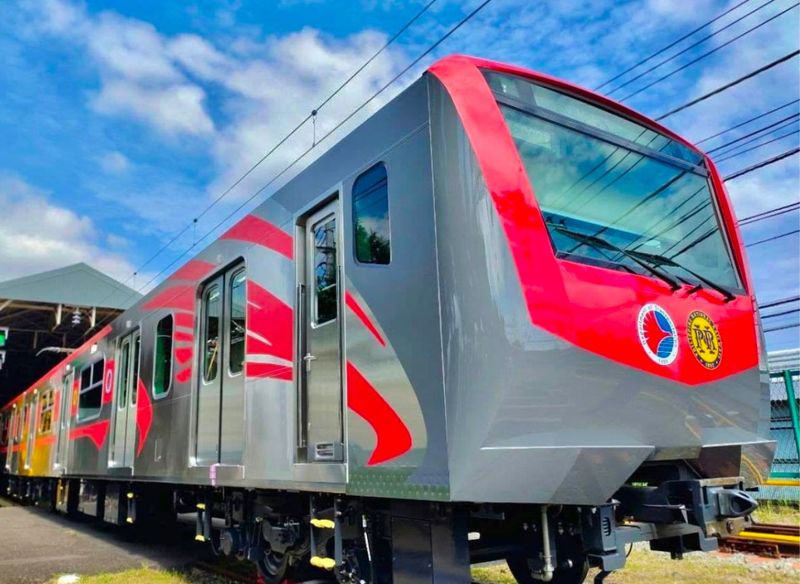
Once operational, the railway is expected to cater to approximately 14.6 million passengers annually. The project is a pivotal step toward enhancing transportation infrastructure in the Philippines.
The new rail infrastructure which will stretch all the way to Bicol, will "open the gates for the renaissance of the railway industry in the Philippines," said Transport Secretary Jaime Bautista.
Oil and gas
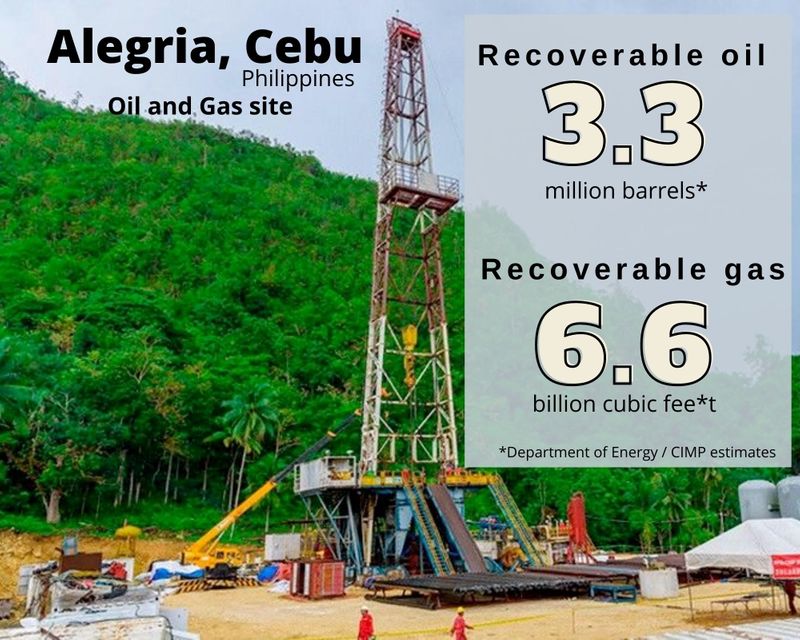
In 2018, the Department of Energy (DOE) and service contractor China International Mining Petroleum Co. Ltd. (CIMP) unearthed approximately 27.93 million barrels of inland oil in Alegria, Cebu.
Out of this, an estimated 3.35 million barrels are deemed recoverable, constituting 12% of the total discovery. Additionally, the exploration revealed an estimated 9.42 billion cubic feet of natural gas reserves, of which up to 6.6 billion cubic feet are considered recoverable, representing about 70% of the total estimated gas reserves.
Telecommunications
Dito Telecommunity, the 3rd Telco in the Philippines which launched in March 2021, has posed as a serious competition to two legacy carriers–PLDT/Smart and Globe.
Dito is a consortium headed by Davao businessman Dennis Uy whose companies Udenna Corp. and Chelsea Logistics own 60 per cent of Dito; China Telecom owns the other 40 per cent. Dito has committed to pour $5.4 billion into their network.
China Telecom said it plans to double its subscribers in 2022 from 5.3 million to 10 million to reach a target to secure a third of the nation’s communications market by end-2024, as it covers more than 80 per cent of the population from 52.8 per cent in 2020.
Smart phones
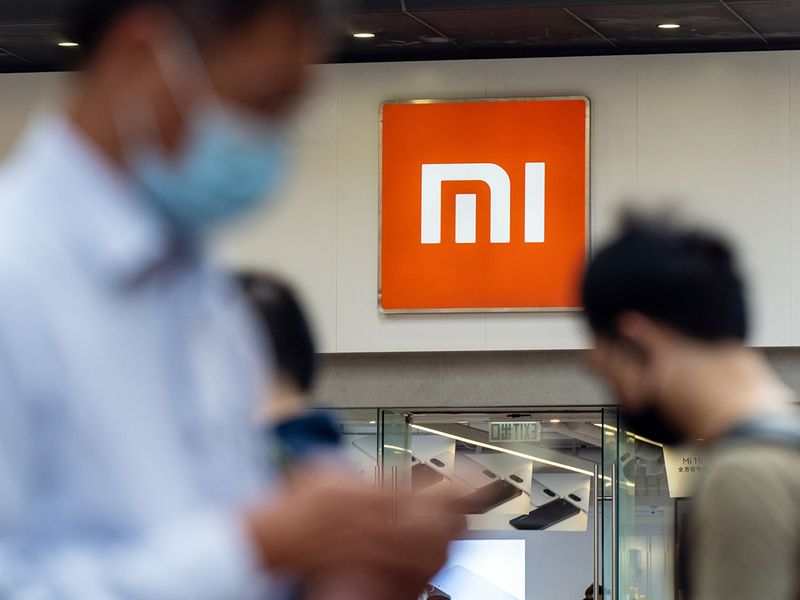
In a noteworthy development, Globe Philippines revealed in February 2022 that Huawei's AirPON solution is instrumental in enhancing Globe's fiber access network for their fixed-mobile convergence (FMC) strategy.
Leveraging thousands of existing wireless sites, this solution facilitates heightened efficiency in FTTH (Fiber to the Home) network construction for Globe, resulting in cost reductions and effective management of network construction challenges arising from full-service transformation. The accelerated fiber rollout already yielded positive results with the increased take-up of FTTH lines of 240 percent and fiber revenues growing by 169 percent against 2020.
Irrigation
The Chico River Pump Irrigation project, aimed at irrigating 8,700 hectares in Kalinga and Cagayan provinces, costs an estimated$90 million, with a$62 million loan from Chinese Export Import Bank (CEXIM). Construction began in September 2018 and is slated for completion in 2022.
The Kaliwa Dam, a$255 million project in Quezon province, includes a 27.7-km tunnel. Financed primarily by a $211.2 million CEXIM loan, its construction was initially scheduled from January 2020 to December 2025.
Faced with delays, completion is slated by August 2026. Once completed, the dam will supply 600 million litres of water per day, easing Metro Manila's reliance on the Angat Dam in Bulacan.
Ant Financial

In the Philippine digital payments, GCash is king. This status goes back to February 2017, when Ant Financial made its initial investment in Mynt (45 per cent stake), a financial venture from Globe Telecom (value:$60 million), which has a micro-payment service and a mobile loan service.
Globe is the Philippines’ largest operator with 66.6 million subscribers — with over 50 per cent market share.
In January 2021, Mynt (the company behind GCash) announced a $175 million capital raise, completed at a valuation of $1 billion, thus making it one of the Philippines’ unicorns (company with a value of $1 billion or more). In November 2021, Mynt raised $300 million in fresh capital at a valuation of over US$2 billion.
Voyager
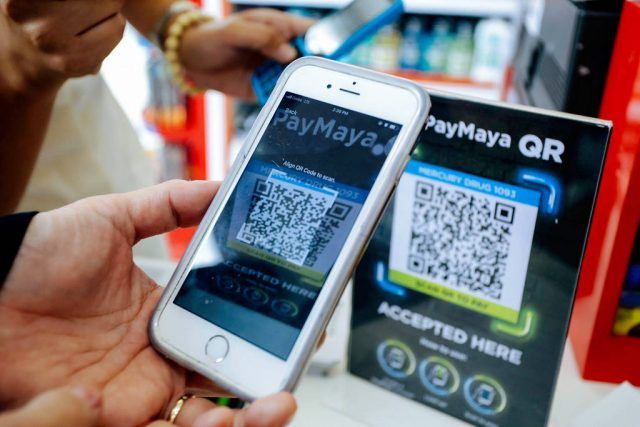
In October 2018, PLDT, a leading telecom and digital services carrier, signed a deal under which investors led by New York-based KKR and Shenzhen-based Tencent will separately subscribe to a total of up to$175 million worth of newly-issued shares in Voyager Innovations.
In April 2022, Voyager (the company behind PayMaya and neobank Maya Bank), announced it had raised $210 million, bringing its valuation to US$1.4 billion, thus creating another Philippine “unicorm”.
Challenges
Challenges persist: Many projects face delays, notably due to right-of-way issues, and even court cases. The three train lines under construction (NCR Subway, Makati Subway, & MRT 7) but are massively delayed. Line 4 has yet to be constructe. The LRT 6 (Cavite extension), Line 8 (Quezon Ave/España line), MRT 10 (C5 line), and MRT 11 (Balintawak line) had taken almost a decade to get a greenlight.
Meanwhile the Philippines' ranking in Transparency International's 2021 Corruption Perceptions Index dropped to 117th out of 180 countries. Skirmishes in the West Philippine Sea also poses a challenge, and must be managed well. Moreover, corruption has consistently been highlighted as a major hurdle for business operations in the country by organisations like the WEF.
The Bureau of Customs (BOC) remains marked as one of the most corruption-prone agencies. Exploitation of children, especially on the internet, remains an issue.
Still, the World Bank noted an upward shift in the Philippines' income range for the upper-middle-income bracket, now at$4,096-$12,695. With policy changes that hinge on aspirations to attain upper-middle-income status by 2023, and with a little help from its neighbours, the country’s economic outlook has never been brighter.




